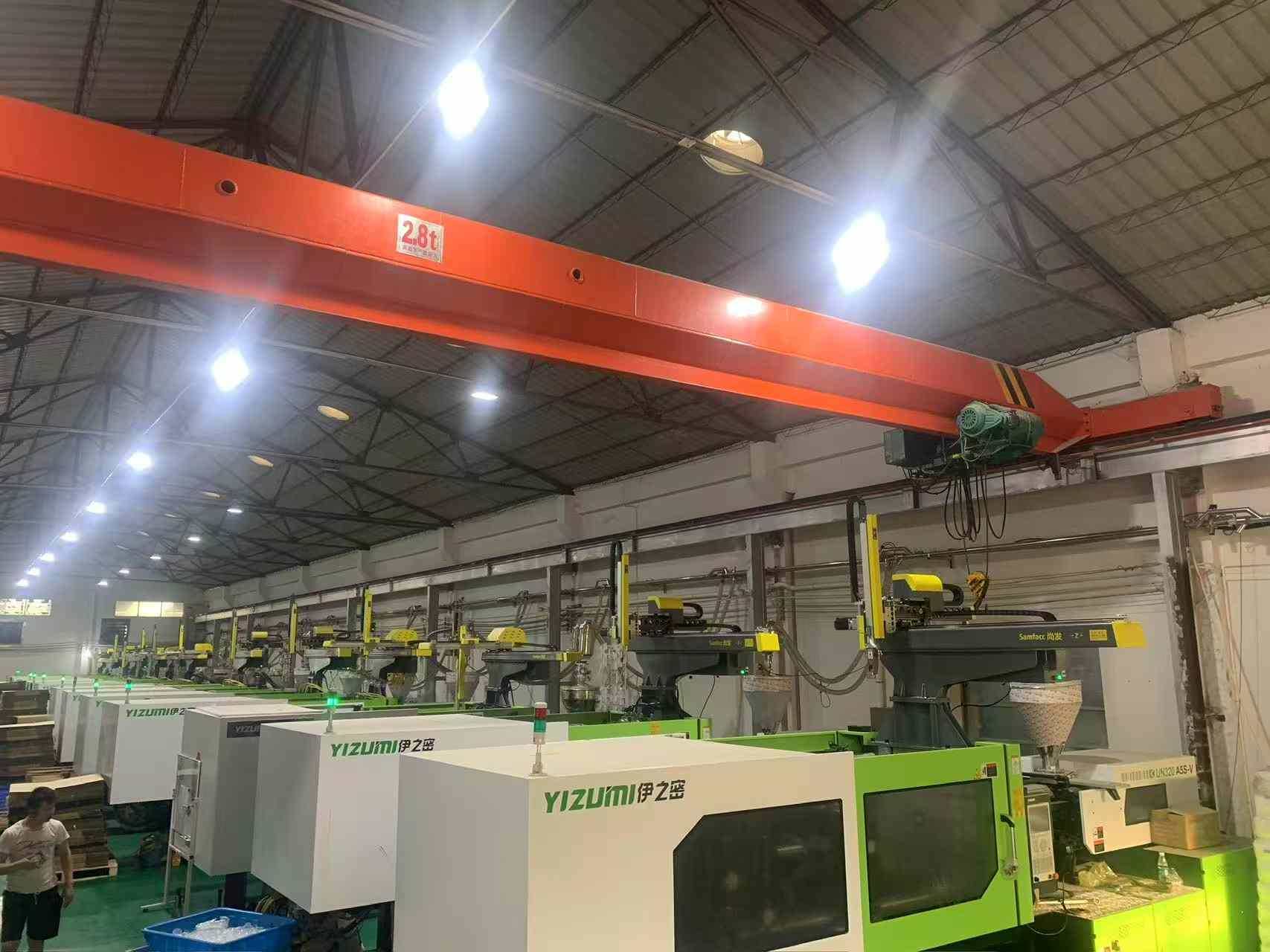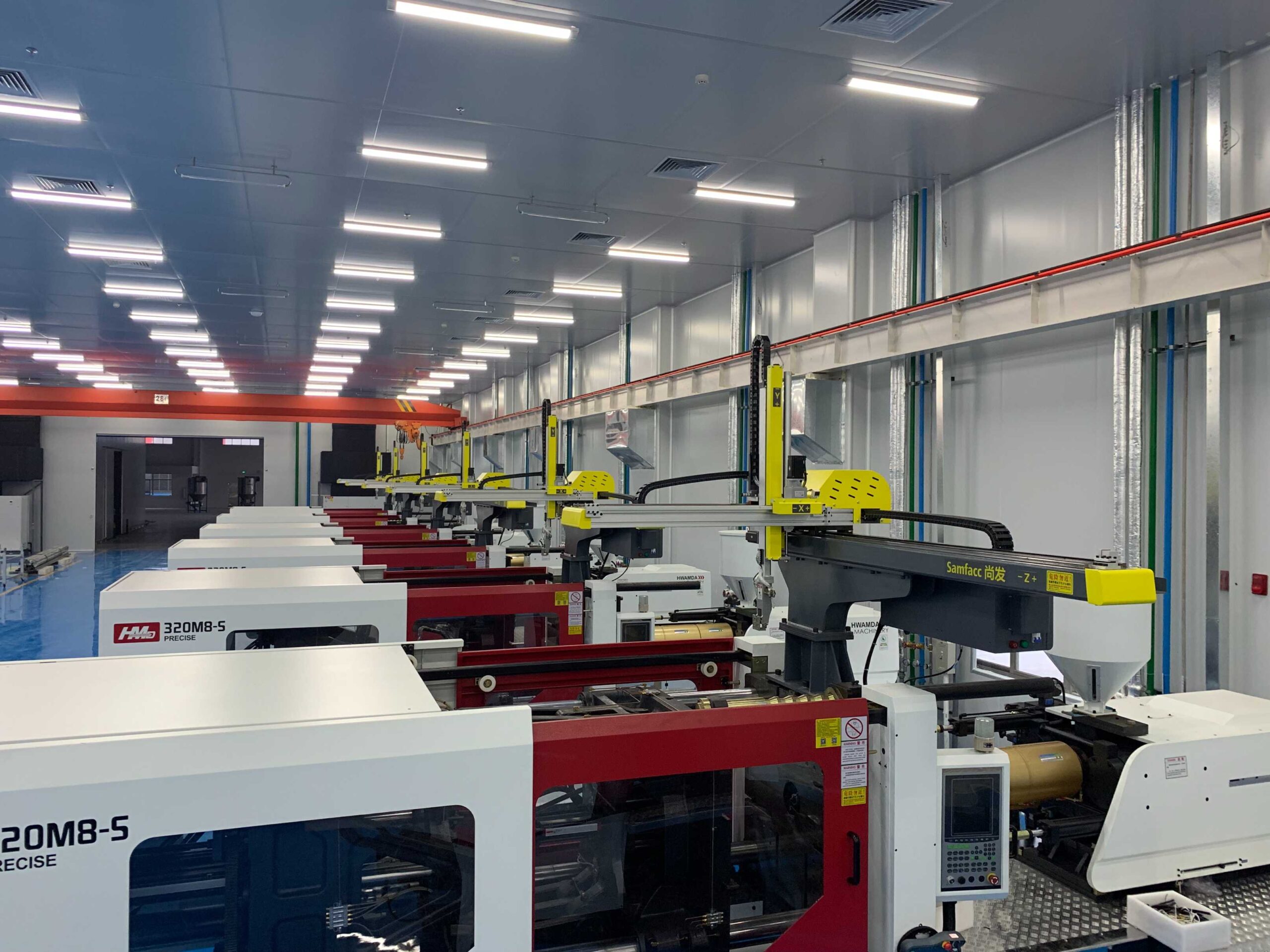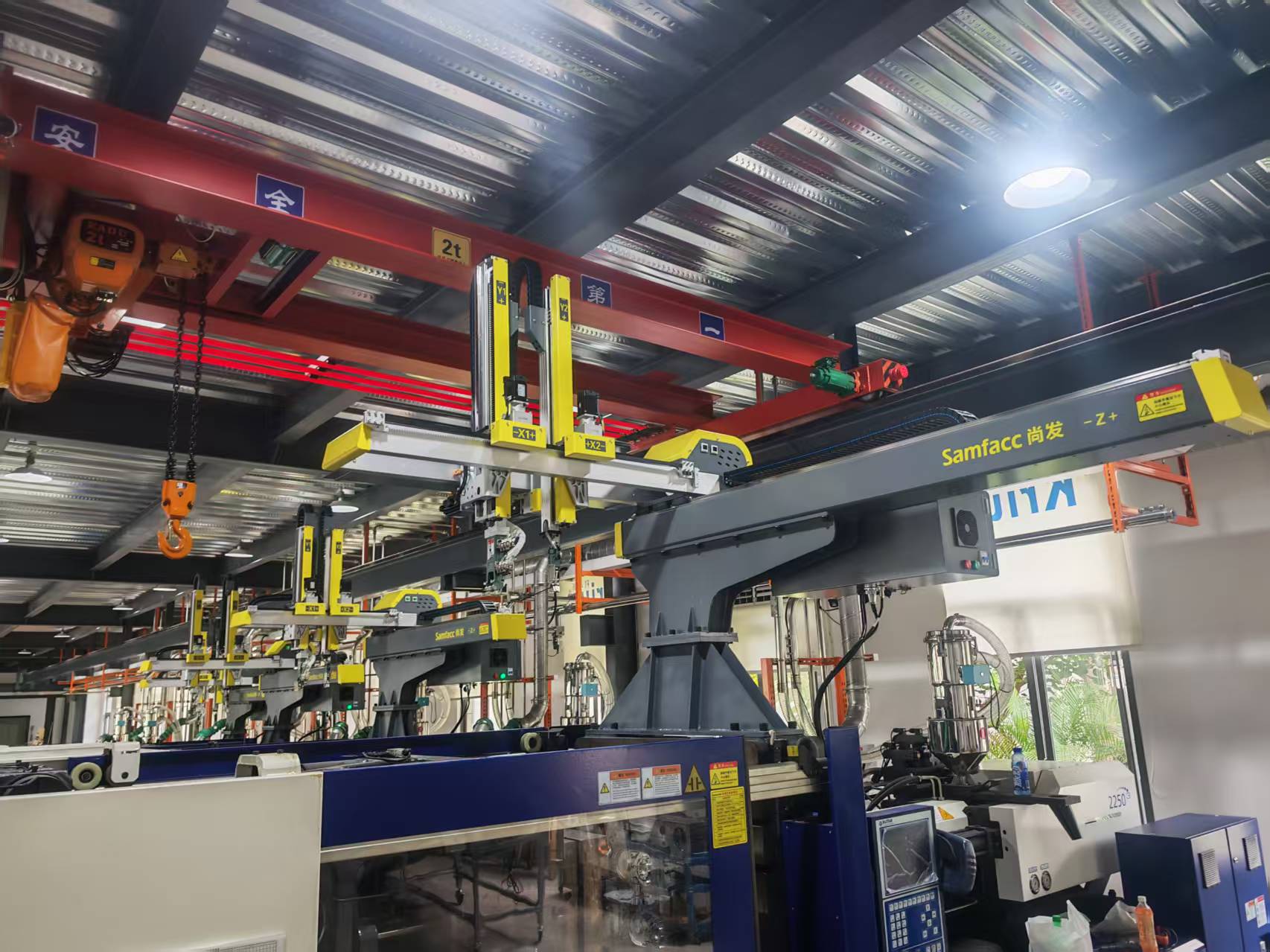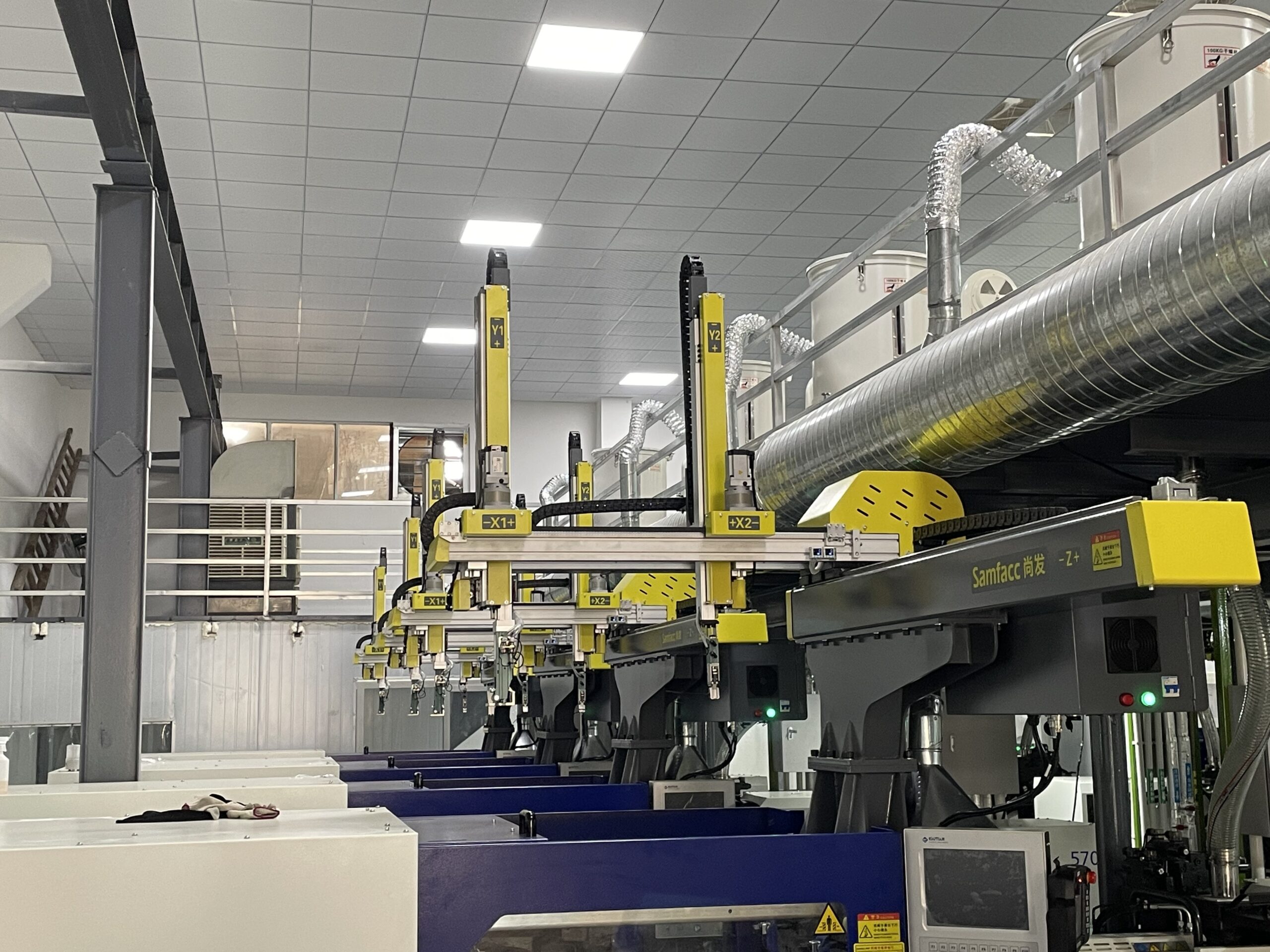A collaborative robot (Cobot for short) is a robot that is designed to interact directly with people in a collaborative area. This kind of robot combines the productivity of industrial robots and the characteristics of service robots, such as high safety and ease of use. The following is a detailed introduction to collaborative robots:
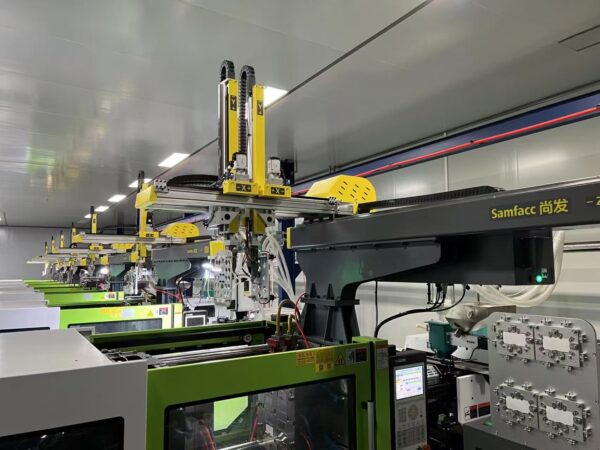
The Origin of Collaborative Robots
Collaborative robots are designed to operate safely in a workspace shared with humans, working together with humans to complete production tasks. Their key features include security, ease of use, flexibility, and low cost.
The concept of the collaborative robot was proposed by two professors at Northwestern University in 1996, aiming to solve the problems of weak interaction ability, insufficient safety, and high cost of use of traditional industrial robots. With the continuous progress of technology and the growth of market demand, collaborative robots are gradually widely used.
Applications of Collaborative Robots in Different Industries
Collaborative robots typically employ advanced sensor technology, machine vision, and artificial intelligence to enable safe interaction and efficient collaboration with humans. They are able to monitor the status of humans and machines in real-time, ensuring that movement is stopped in time in the event of a potential collision, thereby protecting human safety.
Collaborative robots are widely used in automobile manufacturing, 3C electronics, food processing, medical health, and other fields. In automotive manufacturing, collaborative robots are used for tasks such as assembly, welding, and painting; In 3C electronics, they are used for assembly, testing, and packaging. In addition, collaborative robots also play an important role in the field of medical health, such as auxiliary surgery, physical therapy, and massage.
With the increasing demand for production automation by small and medium-sized enterprises around the world, as well as the rising labor costs, the collaborative robot market is showing a rapid growth trend. It is expected that in the next few years, collaborative robots will be applied in more fields and become an important force in promoting the transformation and upgrading of the manufacturing industry.
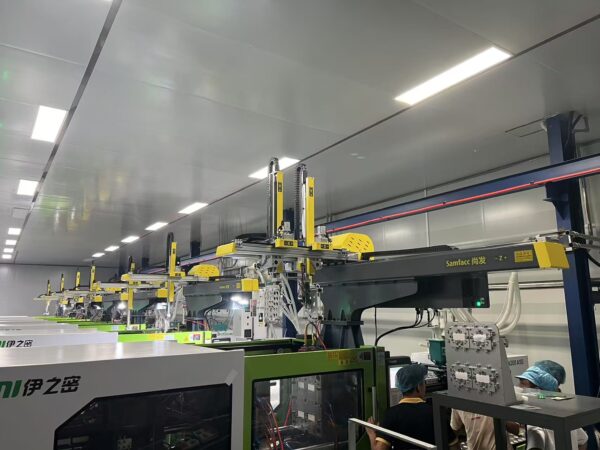
Advantages of Collaborative Robots
The advantages of cobots are their security, ease of use, and flexibility. However, they also face some challenges, such as relatively slow speed, low load capacity, and less repetitive positioning accuracy than traditional industrial robots. To overcome these challenges, manufacturers are constantly improving technology to improve the performance and reliability of cobots. To sum up, as a new category of industrial robots, collaborative robots have broad market prospects and application potential. With the continuous progress of technology and the in-depth expansion of the market, they will play an increasingly important role in the manufacturing industry.
Conclusion
Although cobots currently have some technical limitations, their potential to improve productivity and flexibility is enormous. With the further development of artificial intelligence and machine learning technologies, collaborative robots will be able to better understand and adapt to complex work environments, further enhancing their application value. In addition, the popularity of collaborative robots will also promote the development of related industrial chains and promote the digital transformation of the entire manufacturing industry.


